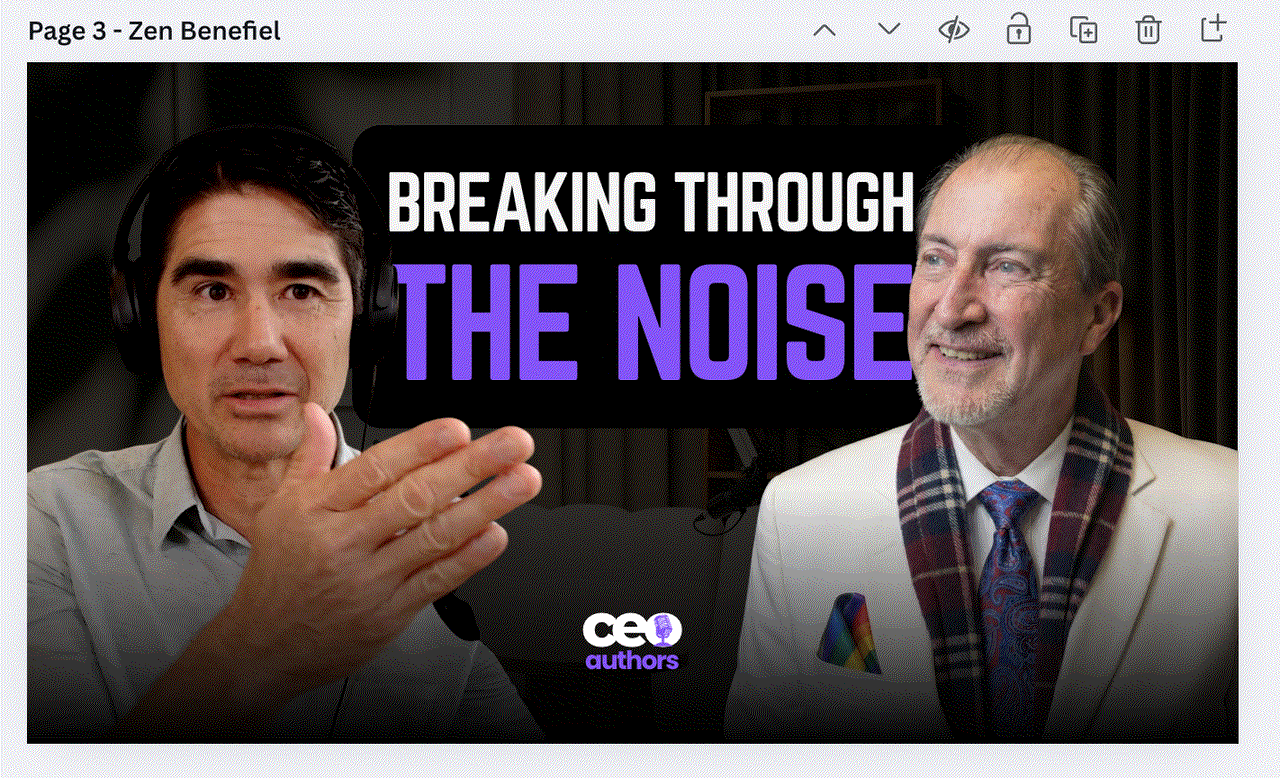Sep19

The following is based on ideas from my recent book, Meaningful Measurement of the Customer Experience, now available everywhere.
What do we mean by the term “return on experience” after all? I will start this chapter with a definition. Return on experience is the tangible return on investment from initiating, completing, and optimizing customer experience-related activities within an organization.
The goal of customer experience is to benefit customers (as the name implies) by creating consumers who buy, buy more often, and refer others. The goal of return on experience is to repeatedly demonstrate that, when customer experience is improved, the company also tangibly and directly benefits. This means that return on experience is as much about the company as the customer. Because of this, companies that measure return on experience are more likely to sustain their investments and initiatives related to CX.
Return on experience would be easier to measure if it was simply based on one of the dimensions I mentioned in the previous chapter. Instead, though, it is the return on investment in creating the overall experience that leads to either the customer or employee’s perception of their experience. While this is more difficult than calculating individual touchpoints such as the effectiveness of an e-commerce checkout process, or measuring completions of an engagement survey, it is ultimately more rewarding and provides better insights on how you can create long-lasting customer and employee relationships.
While I will mainly focus on the customer experience portion of return on experience, it is important to understand the relationship between customer and employee experience as well. This is something I’ll discuss in a little more detail in the next article in this series.
Let’s start with the obvious. Return on experience is important, just like it is critical to show a return on investment on any initiative in any organization. Diving deeper, however, there are several dimensions to its importance.
I bet if you asked just about any company if they love their customers, their answer would be a definitive “yes.” After all, what kind of company doesn’t appreciate the individuals and organizations that bring them revenue and more customers through word of mouth?
While everyone says they love customers, many companies have a hard time justifying the expense of creating delightful experiences that go beyond selling a product or service for a reasonable price. One could argue that some companies have a hard enough time delivering on that.
The reasons behind why so many companies are still lagging behind in providing great customer experience are vast, and we certainly can’t go into detail about each rationale in this chapter. We can, however, say that companies that don’t invest in creating great experiences are losing out in an area that has become the primary differentiating factor between brands[vi].
This brings us to return on experience, and why it is so important to companies in a world where consumers want and expect personalized service, and are surrounded by choices from other brands willing to go the extra mile to compete on experience.
The first step in creating great experiences is the intent to do so, but unless you’re able to measure it, you won’t know how or where it needs improvement. Being intentional about measuring and optimizing your return on experience initiatives helps you do just that.
This helps your company to better allocate resources to areas where they are needed most, and it helps your customers by emphasizing the importance of a holistic approach to customer experience throughout the organization. It is only when customer experience is thought of in this way that you can create a win-win for both your customers and your internal stakeholders.
Back to the idea that just about every company talks about loving their customers. Return on experience benefits an organization by demonstrating that investments in CX are worthwhile to the health and sustainability of the business itself.
While some might wish that it was enough to simply say that a company has happy customers and great word of mouth, the fact of the matter is that most companies simply can’t make long-term investments in initiatives that bear no tangible returns. So while a short-lived focus on customer experience may be able to occur in just about any organization, the long-term ones are those who measure return on experience from the start.
Now let’s discuss how to measure return on experience by talking about the components of creating a great measurement program.
You can’t possibly be successful in customer experience improvement and measuring return on experience unless you can paint a clear picture of what success looks like.
First, remember that the things that are often easiest to measure are not always the most valuable. Start first with your Key Performance Indicators (KPIs) before deciding what and how you will measure. As you dive into your platforms and measurement tools, you will undoubtedly run into statistics and metrics that you can plot out on charts, but just because there is a pre-formatted report that might look impressive doesn’t mean it will show you meaningful measurements of your customer experience.
Also remember that in order to ensure you are able to justify the return on experience, you need to keep both internal and external measurements in mind. Not only does this mean revisiting the measurement framework we explored in a previous chapter, but it also means that you need to be able to prove that investments in CX have real business returns.
A critical part of improving the customer experience is to truly understand the path a customer takes to get from start to finish. For this, the tool of customer journey mapping is incredibly helpful and increasingly used by all types of organizations.
For large organizations, the thought of mapping all customer journeys can be overwhelming, so it’s best to start small, with only a handful. It’s more important to be thorough in mapping only a few, instead of trying to capture every possible persona, journey, and edge case.
I’ll go into much more detail on this when we get to the section on operationalizing great customer experience, but for now, I will just say that any plan to measure return on experience (or return on investment in general), needs to be accompanied by a plan and processes to systematically measure, analyze, and improve them. As a proponent of both agile methods and and Lean Six Sigma approaches, I can say that it matters less about the exact methodologies than the fact that you are consistent in how you optimize your CX measurements and efforts.
Finally, with all of the potential data you can measure, and a good understanding of your customer journeys, you will be left with a potentially daunting amount of metrics that you can use to measure your customer experience.
This requires a method to prioritize your measurements, and that you regularly report on those metrics. Different companies approach this in different ways, but your KPIs should help point the way here. Create a method to prioritize your measurements by taking into consideration the following:
Alignment with KPIs
Potential audience(s) they impact
Potential for improvement when measured
Cost and difficulty to measure
In my experience, creating a weighting system based on those categories and similar ones can help you easily prioritize and determine what measurements will have the biggest impact.
As you can see, while the specifics may vary from business to business and industry to industry, there is a clear link between customer and employee experience. It is also important to understand the types of customer experience measurements available, as well as to be able to prioritize them for your organization and your return on experience initiative.
Making customer experience a metric tied to business success makes measuring return on experience such a valuable thing for any business. This approach also makes measuring, analyzing, and improving your customer experience more sustainable, and allows you to focus on getting results that create a more sustainable business.
Thanks for reading this article series on customer experience metrics. I hope you enjoyed it, and for more information and insights, check out my latest book, Meaningful Measurement of the Customer Experience.
This article is based on ideas from my recent book, Meaningful Measurement of the Customer Experience, now available everywhere.
Keywords: Analytics, Customer Experience, Marketing
 Glimpses of Agentic Intelligence: Gemini-3-Flash Navigating Mock ARC-AGI-3 Grid Worlds
Glimpses of Agentic Intelligence: Gemini-3-Flash Navigating Mock ARC-AGI-3 Grid Worlds Leadership Vacancies are Predictable. The Costs of Being Unprepared.
Leadership Vacancies are Predictable. The Costs of Being Unprepared. The Power of Self-Love: Insights from Karl Taft and Zen Benefiel
The Power of Self-Love: Insights from Karl Taft and Zen Benefiel Every Role Is a Sustainability Role
Every Role Is a Sustainability Role The Corix Partners Friday Reading List - December 26, 2025
The Corix Partners Friday Reading List - December 26, 2025